16/06/2025
Communication Materials
At the same time we were finishing the hardware we were working on our communication materials for ElectroDay.
Here is our video.
Check out our Pitch Deck.
15/06/2025
Hardware Installation
Over the past couple weeks we've been fixing some issues our prototype had in order to place our hardware in the mailbox we’ve built.
Ludmylla welded longer cables so our components fit correctly in the mailbox and made a PCB for our power supply. We connected the locks to the keyboard and LCD and placed them in the box as well as our camera and sensors.
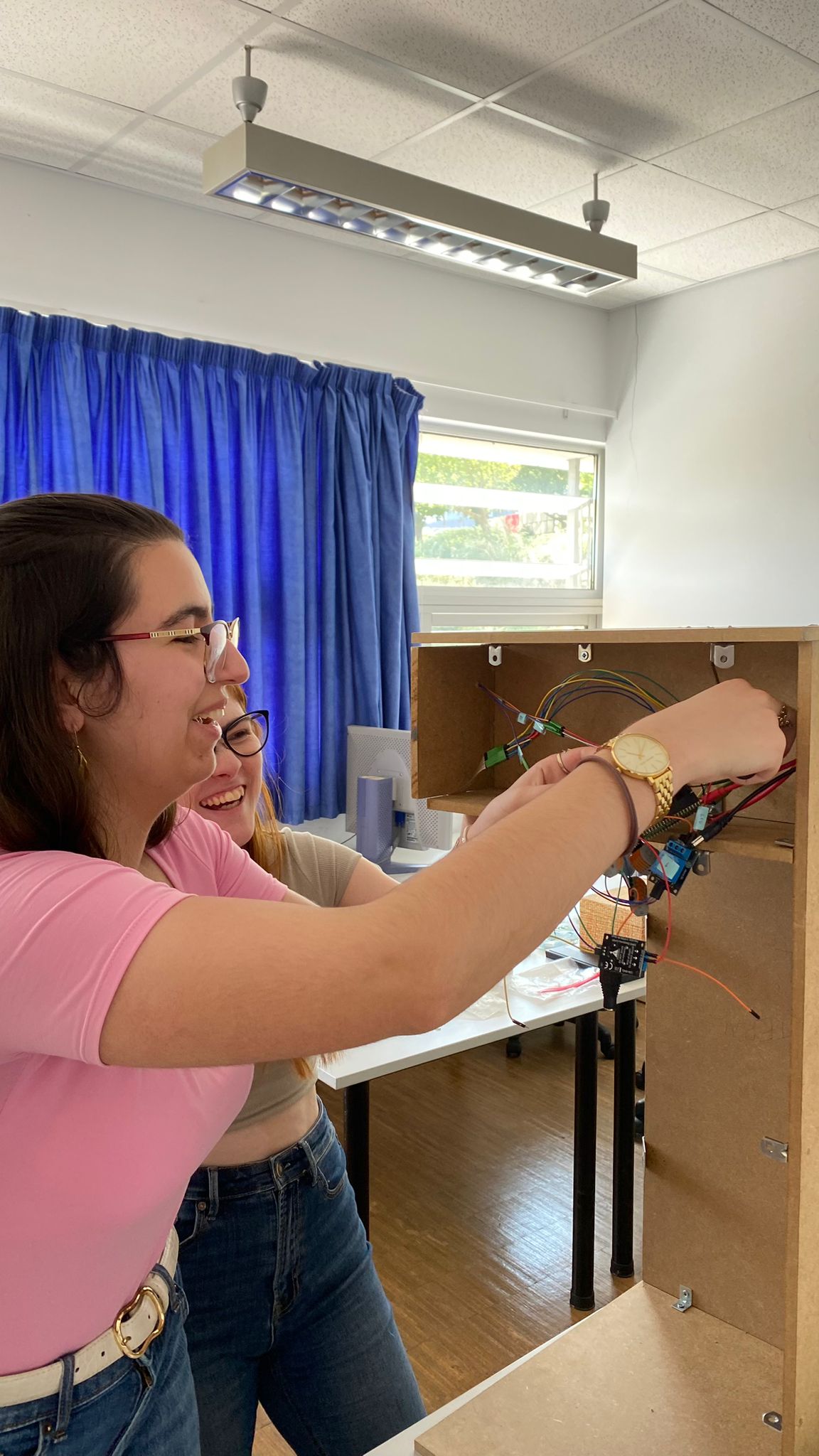
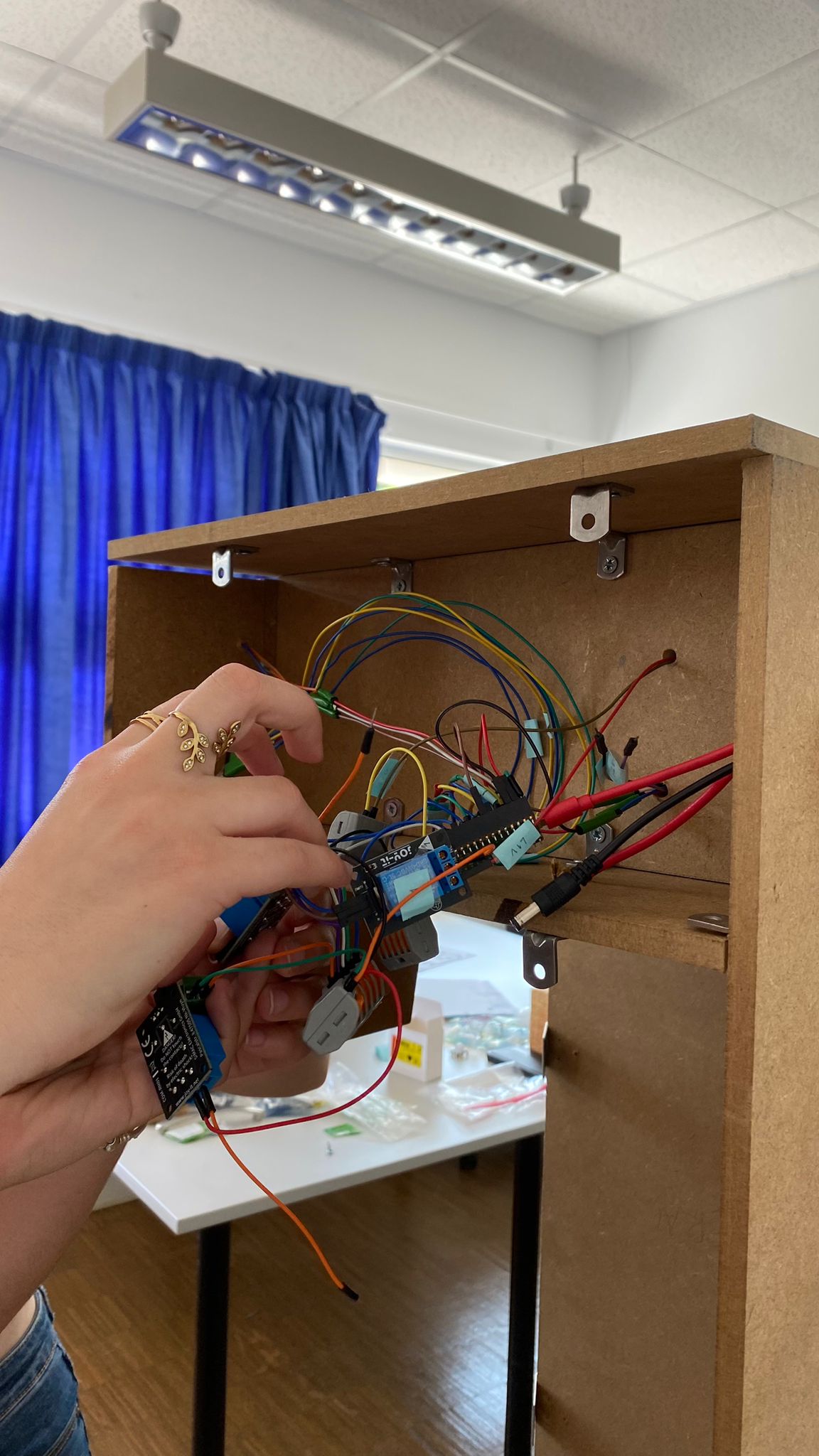
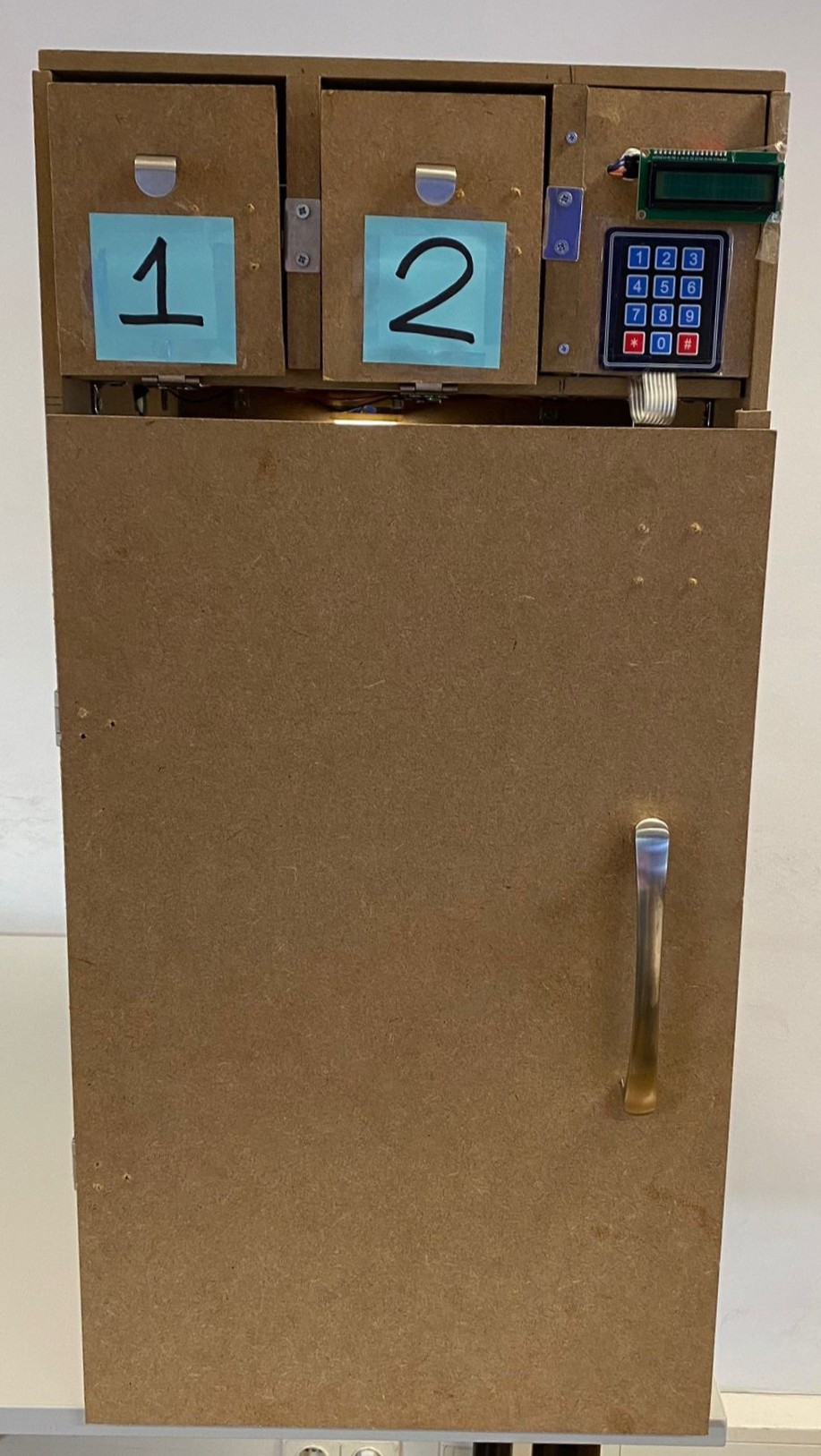
31/05/2025
Building our Mailbox
Alongside working on the software and hardware this last week, once we got the wood and screws we needed we got to work on building our prototype mailbox.
We had to cut the wood to our needed measurements as well as make holes for the screws, hinges and handles. Most necessary materials were provided at one of the labs at the Oeiras campus.
Our group took turns working on the box depending on who was available and communicated necessary changes to our measurements or door positioning through messages, post its left on the box or when passing by another group member.
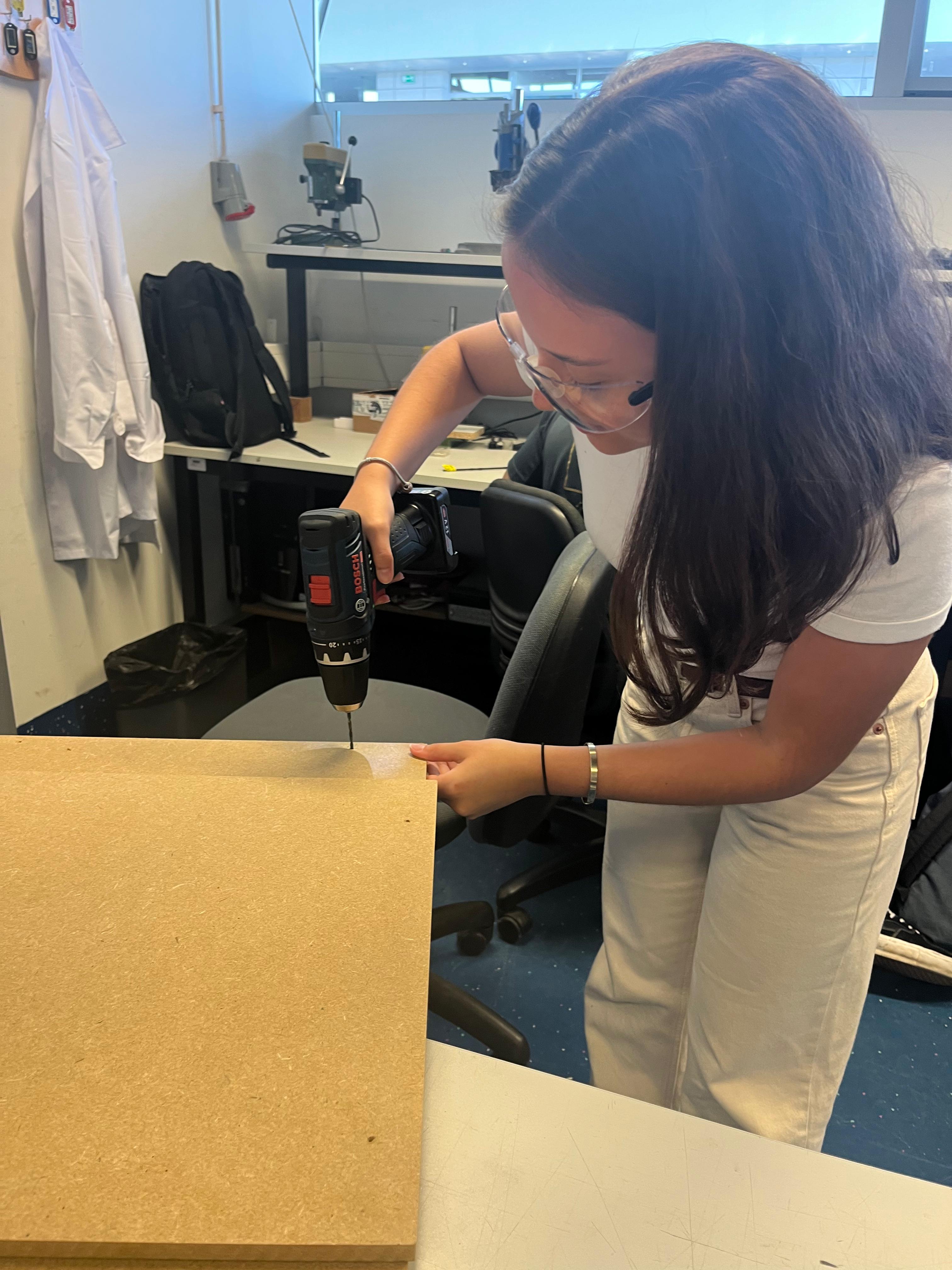
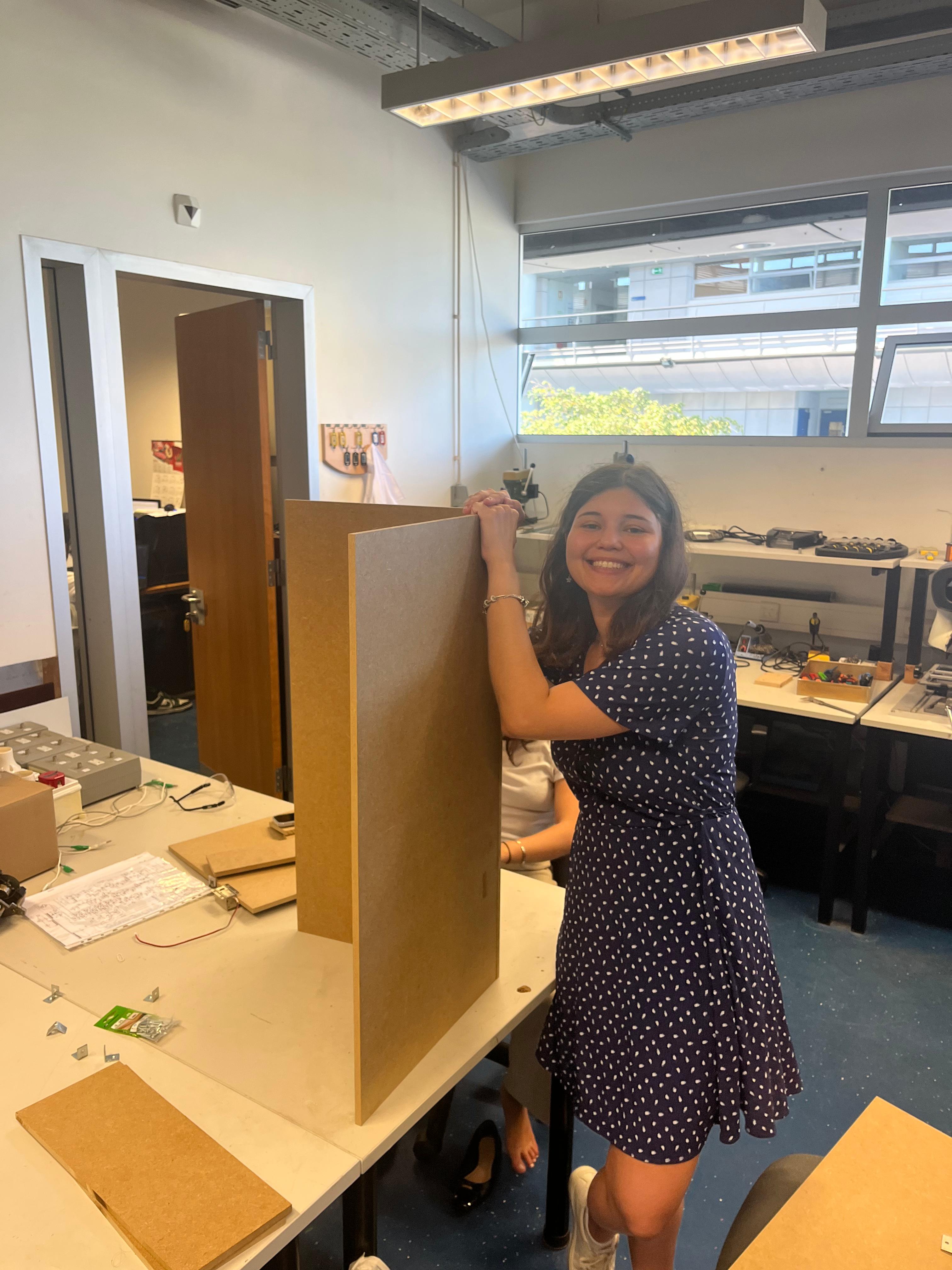
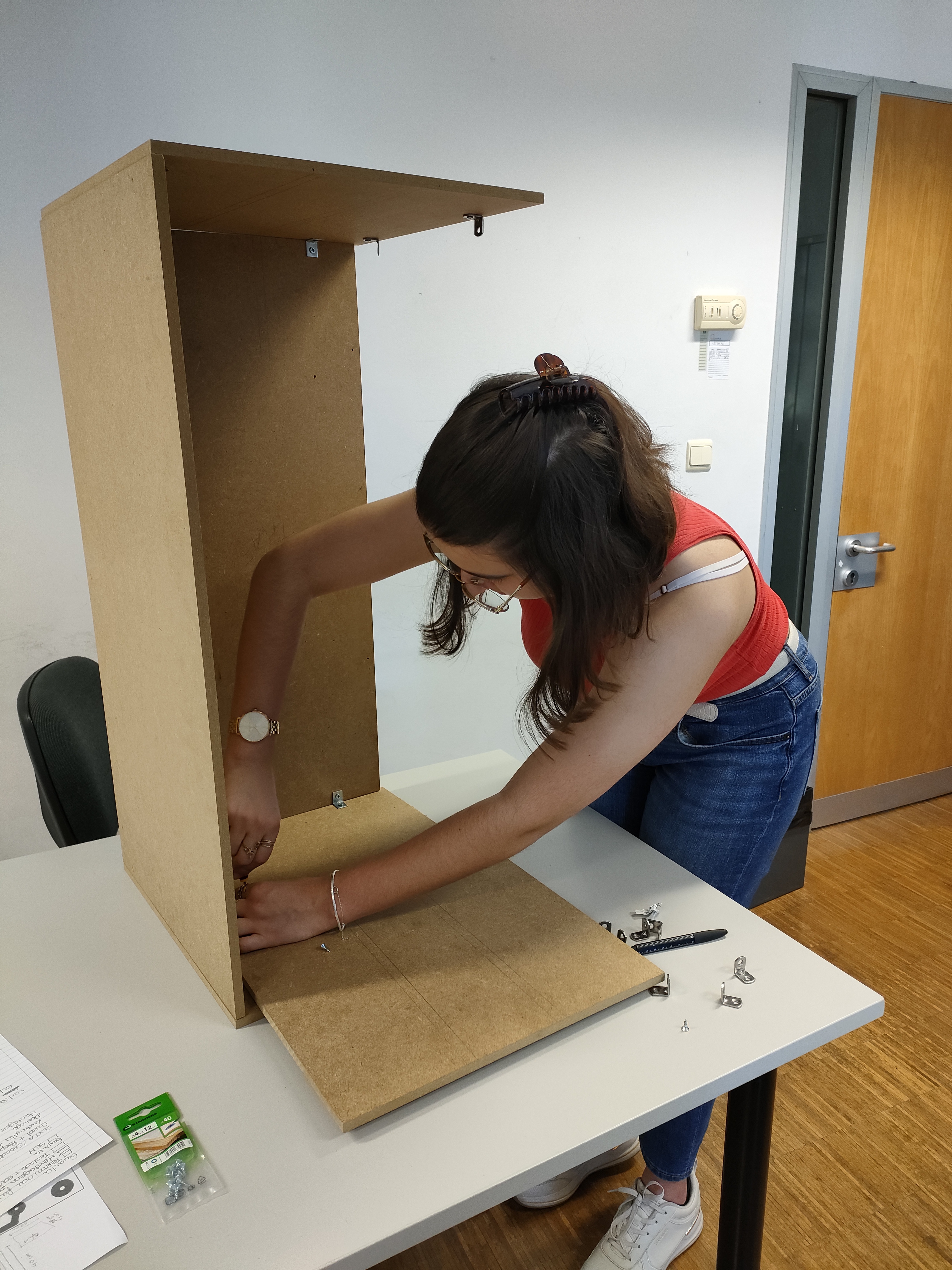
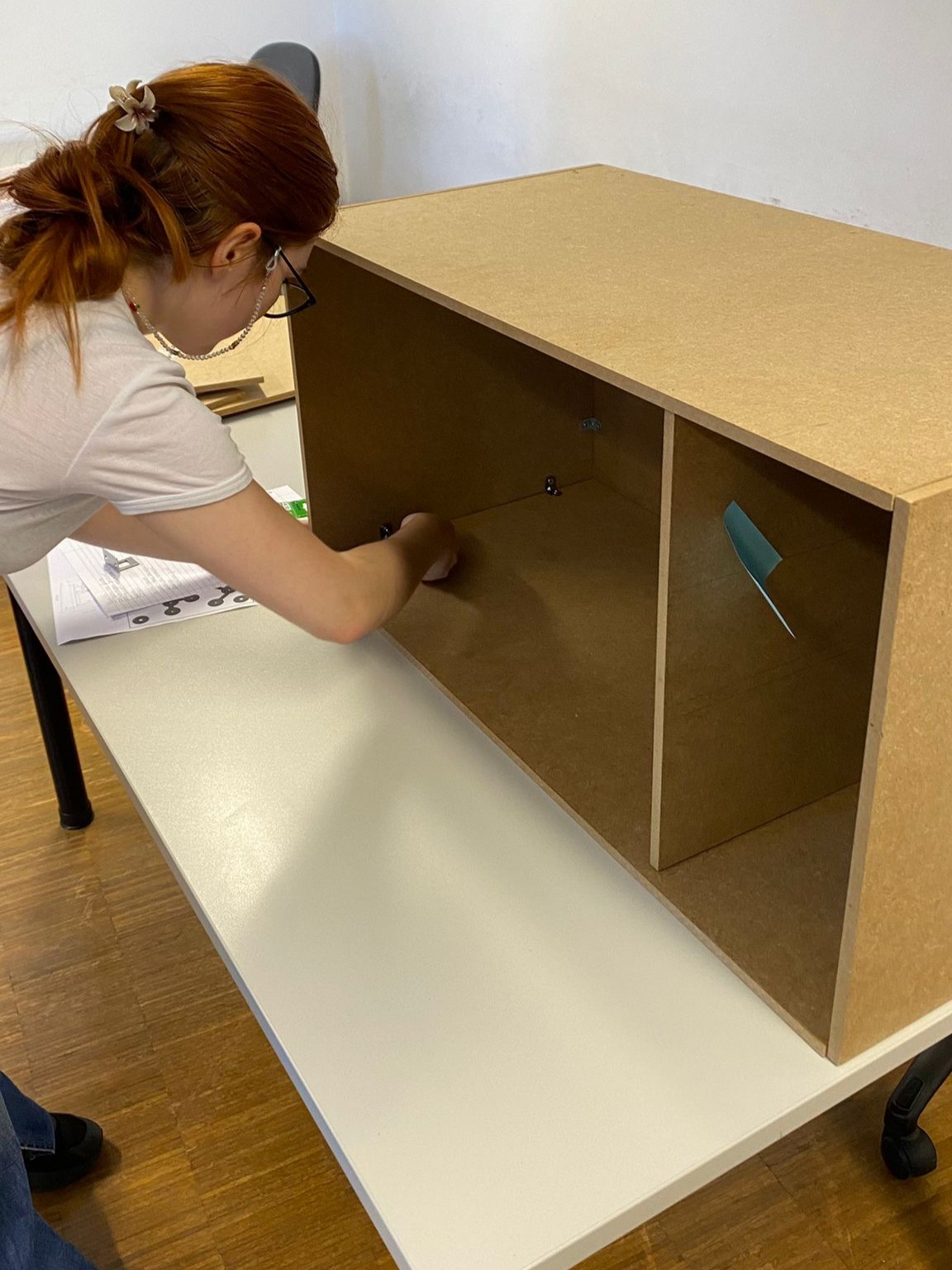

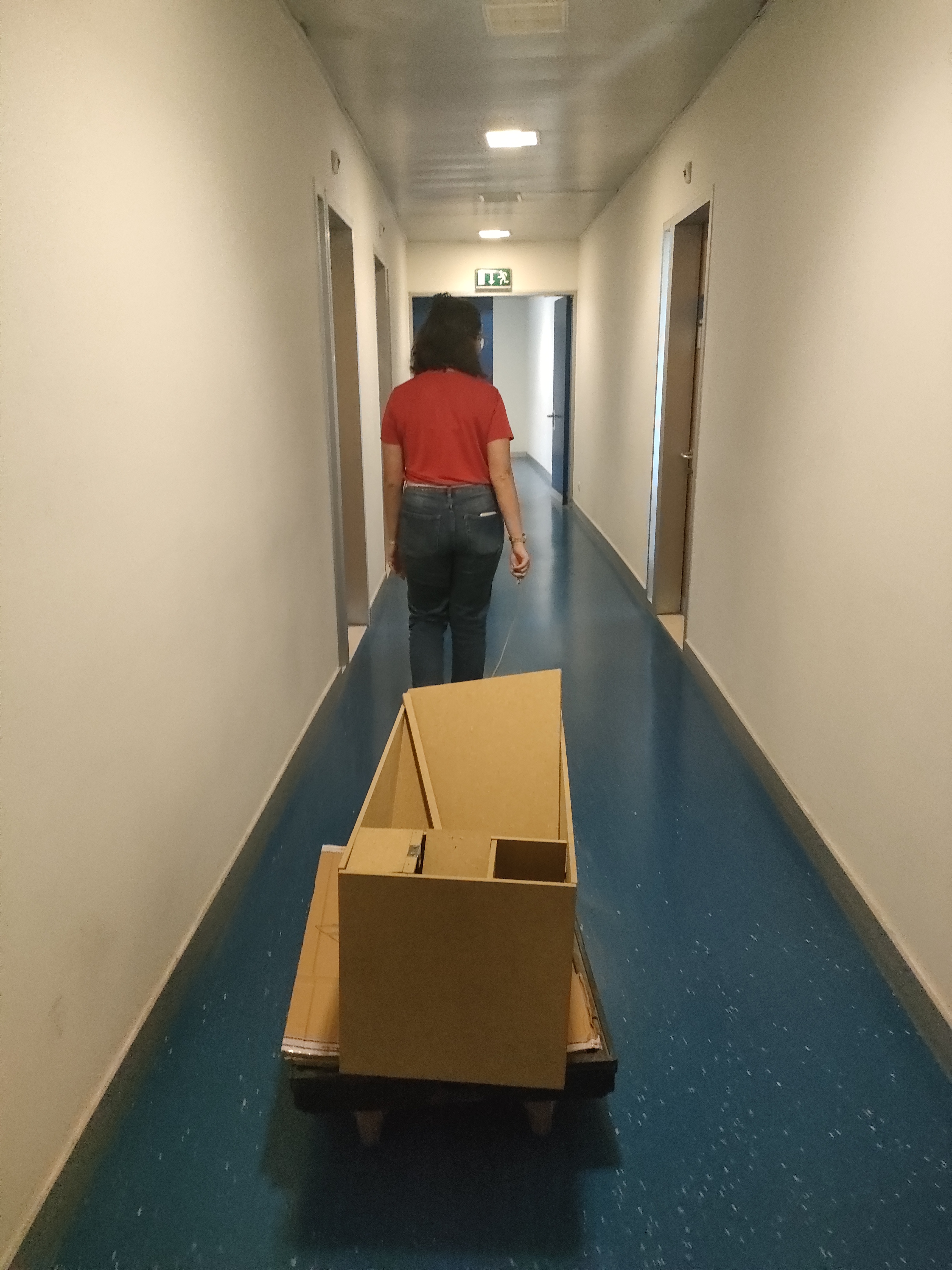

There are some adjustments that still need to be made to the box as well as placing the sensors, camera, locks, keyboard and lcd. But we estimate we'll be done with that in the coming week.
28/05/2025
Prototype Development
This past week has been very productive for our project.
First off, we have a sponsor, thanks to Ludmylla who reached out to Seguramente - Consultores de Seguros e de Financiamentos Lda. They are now officially sponsoring our project and we’re incredibly grateful for their support and belief in what we’re building.
On the hardware side, Chencheng, Pedro, and Ludmylla bought the missing materials for our project, including the necessary wood (which we also got cut to size), Wago connectors, knobs, screws, and some wheels to make our product easier to transport.
Chencheng and Pedro successfully connected the PIR sensor to our Raspberry Pi Pico W, and it successfully detects movement and sends signals back. Ludmylla connected the keyboard, display and Raspberry Pi Pico W and established communication with the application database so the system correctly identifies correct and incorrect passwords. Carolina has also successfully connected the camera, unfortunately, we had a lot of trouble connecting the camera with the Raspberry Pi Pico W, therefore we used Raspberry Pi Zero WH.
On the software side, Beatriz implemented all the application screens, in both the client and distributor sides, as well as login and register screens, an application icon and the notification system, to notify users when a package is delivered. Sofia set up our database, for storing orders and user data, as well as the authentication system, for registering and logging in users. Currently, Beatriz and Sofia are working on connecting the application to the hardware.
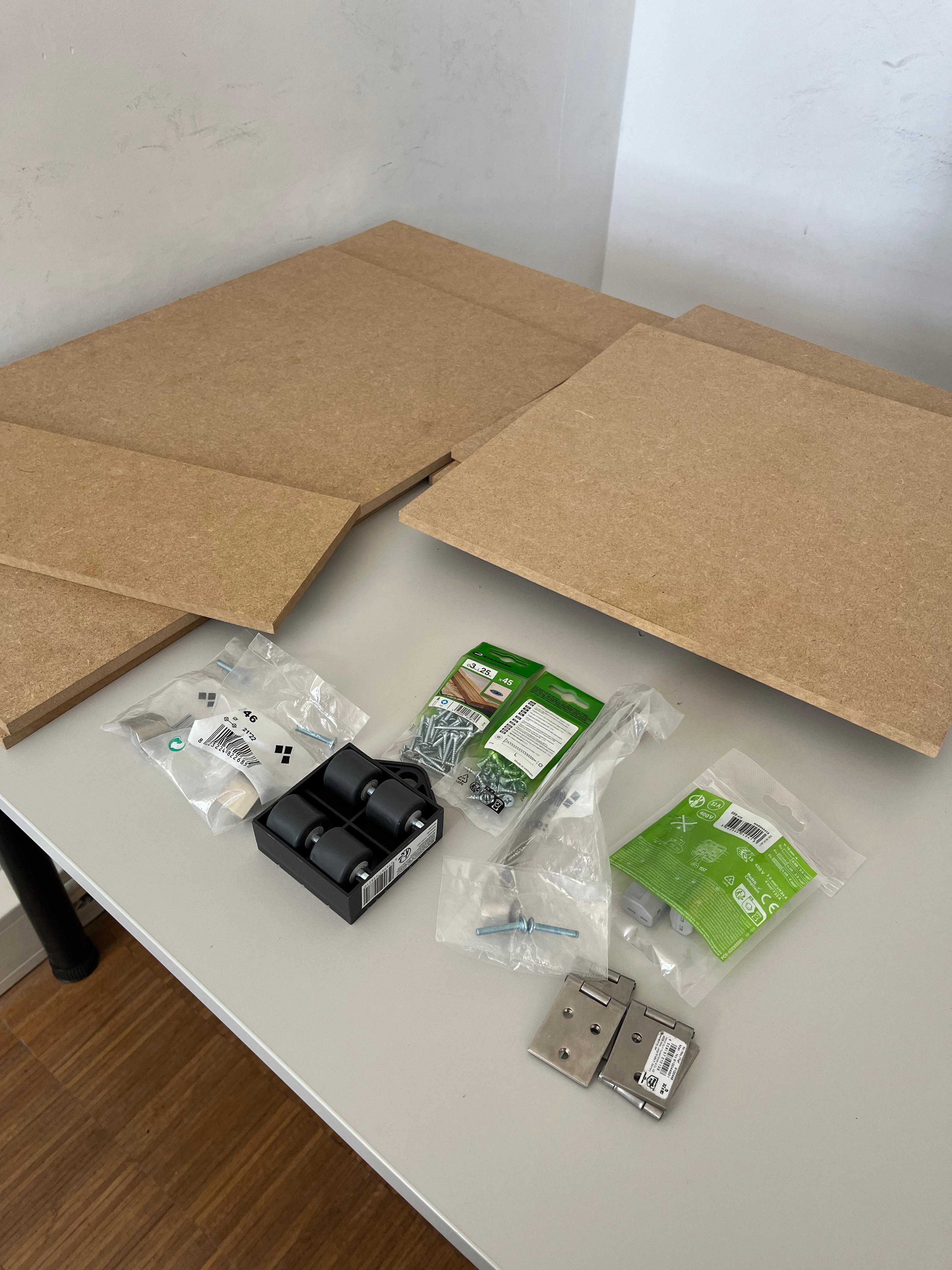
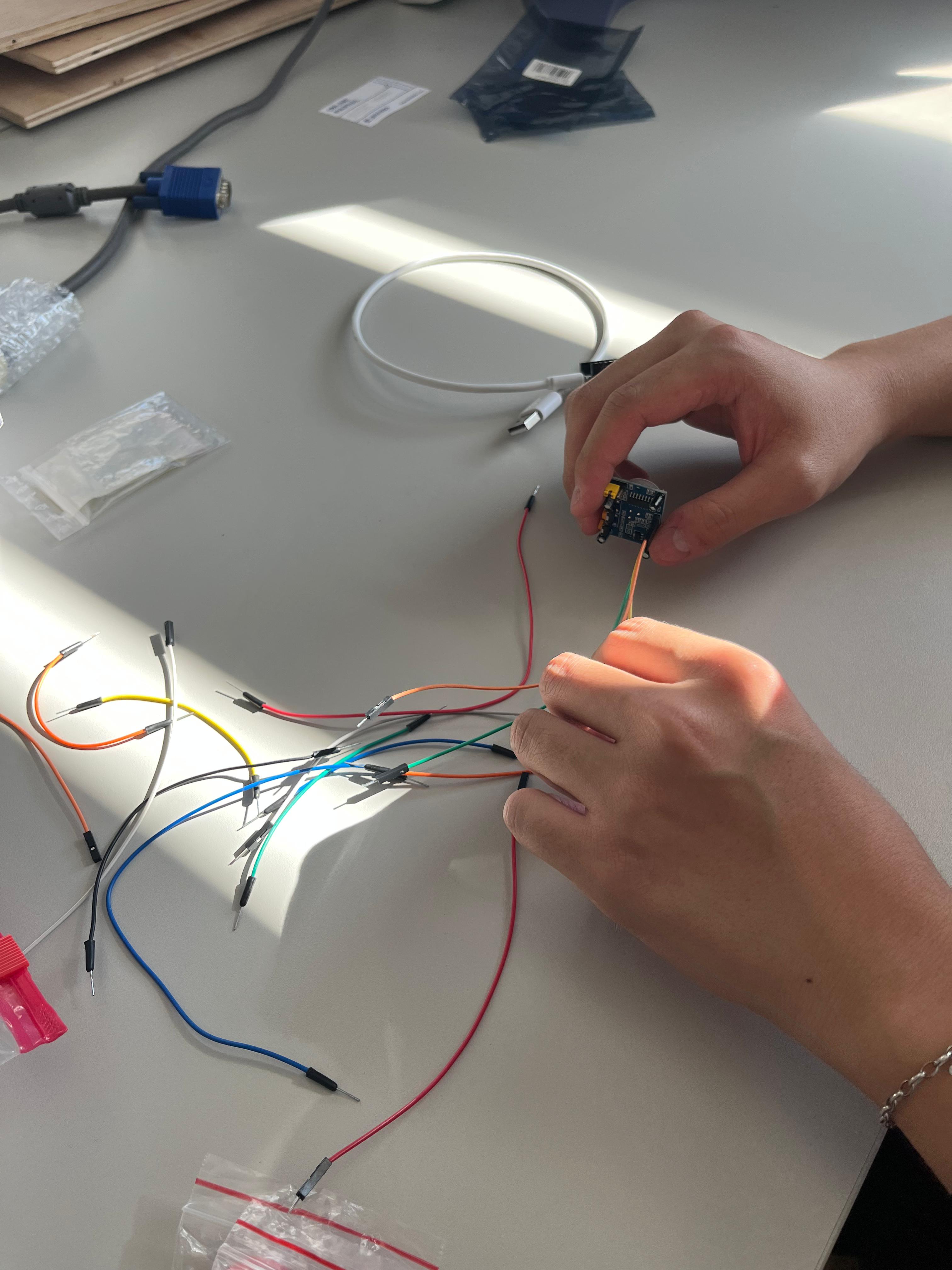
19/05/2025
Received Materials and App development
Our team received the materials to start working on the prototype last week, except the wood we requested which we are still trying to obtain. Carolina welded the pins onto the microcontrollers we received. The electronics team had a meeting to divide the work to be done with what we were given.
Beatriz and Sofia have started developing the mobile app using Flutter and Firebase. Beatriz is in charge of the frontend and so mostly the Flutter side and Sofia is working on the backend and database with Firebase.

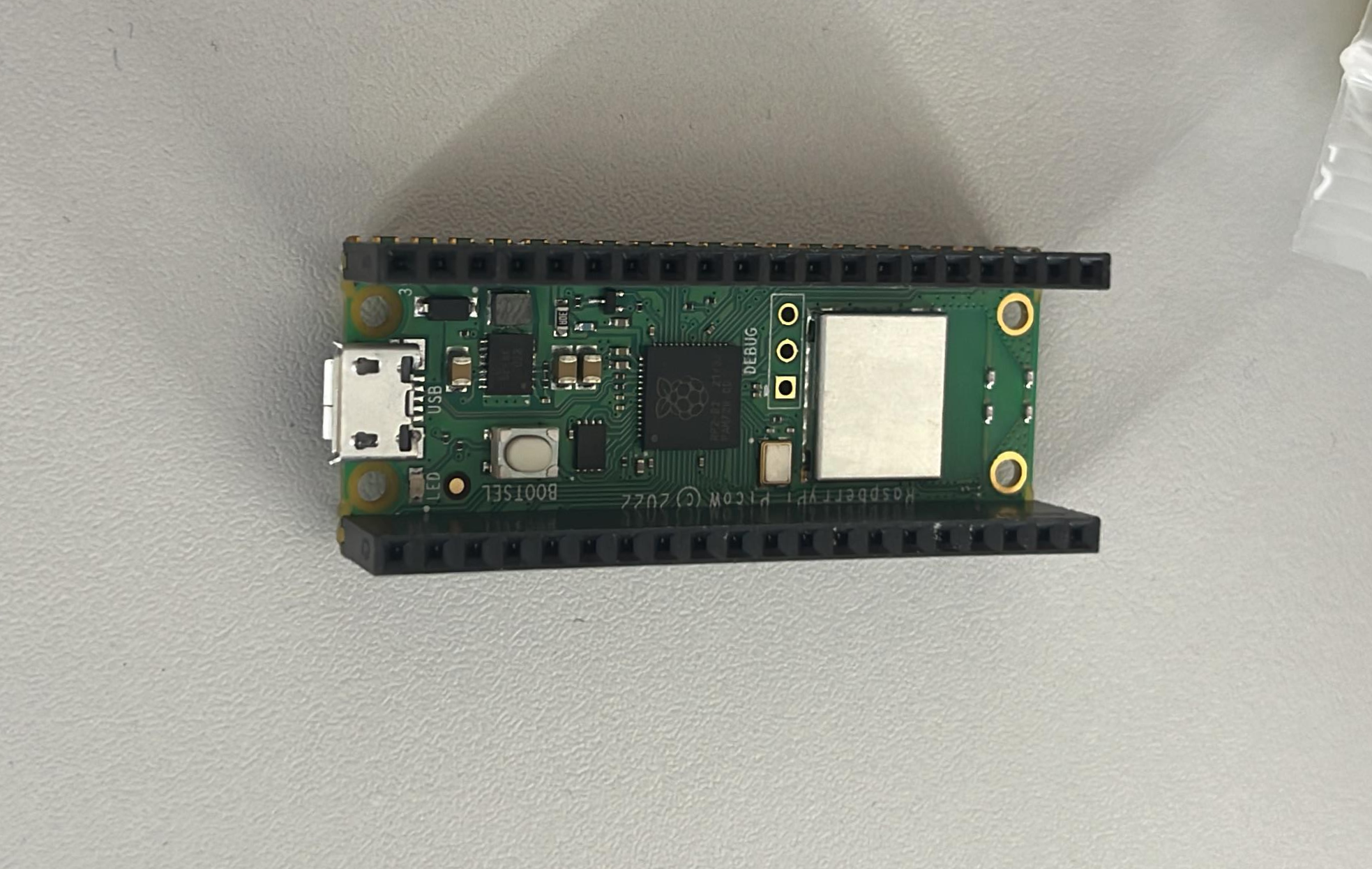
12/05/2025
Feedback Questionnaire – Opinions Form
We recently launched a short Forms survey to better understand resident’s needs regarding mail and package deliveries to their mailboxes.
We received some responses where 94.4% live in an apartment and 5.6% live in a house. Many respondents mentioned the difficulty of having to be at home to receive packages and the lack of any delivery confirmation, they also pointed out that mailboxes are often too small for modern parcels or that couriers leave packages in plain sight when recipients are absent.
Some suggestions for improvements focused on three main areas: Real-time notifications, via in-app push messages or SMS, proof of delivery visuals, through quick photos captured now, remote access control, allowing users to, for example, unlock the box for a trusted neighbor or retrieve items later.
For our solutions, the majority preferred the camera-based solution for parcel photos (66.7%) and the others chose the infrared-sensor option to detect cards (33.3%).
When asked how much they would be willing to pay, most participants indicated up to 50 euros (66.7%). A smaller group extended it to reach 100 euros (33.3%).
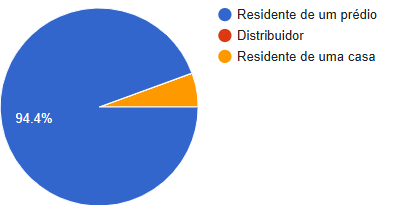
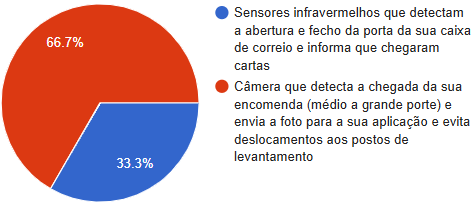
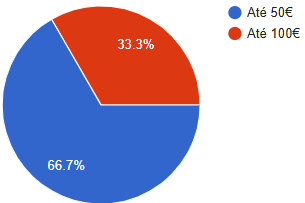
02/05/2025
App Prototype and Presentation Planning
This week Sofia finished developing the figma prototype for our mobile application. We also planned how to divide our presentation, taking place next week.
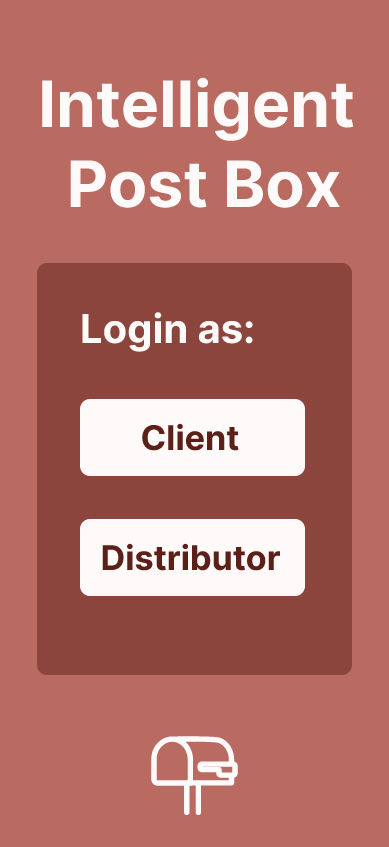
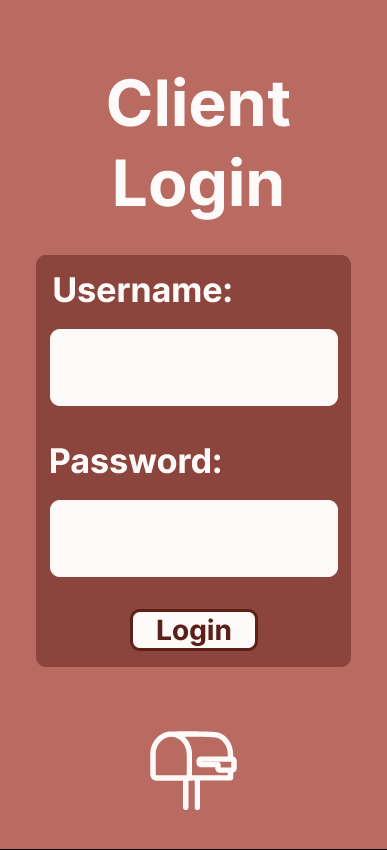
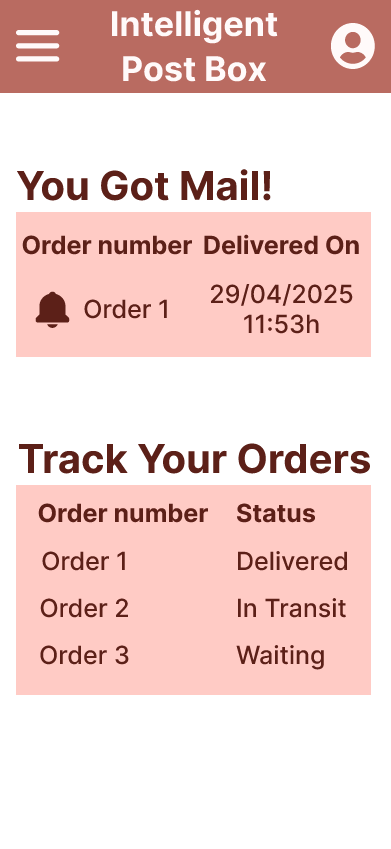
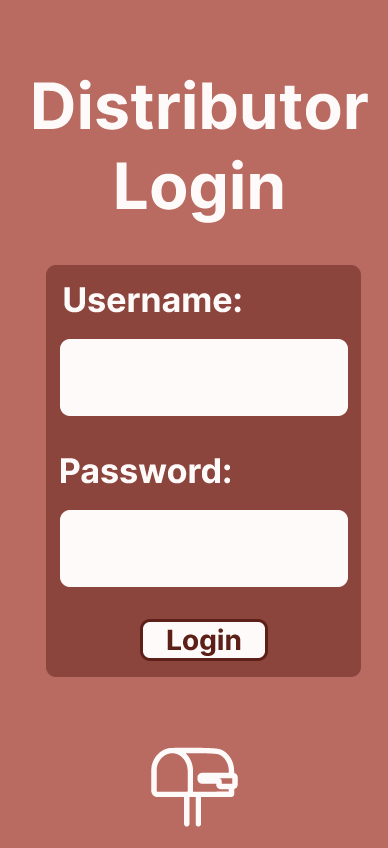
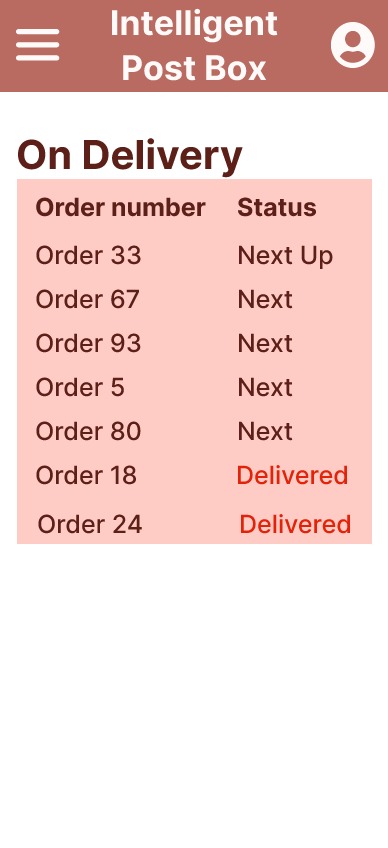
08/04/2025
Mid-program presentation
This week we finished up our mid-program presentation.
This presentation adds onto our original project proposal our updated schedule and what deviates from the original as well as what work has been done thus far in the project, among other things.
Check it out!31/03/2025
Forms for Feedback on Project
This week we had some meetings to plan our mid-program presentation, one thing we decided would be good to have was feedback on the usefulness of our project. So Beatriz created a forms with some questions about the current mailbox system and then a short overview of our solution with some questions on whether it solves any of those issues.
Answer our forms.24/03/2025
Material List and Costs
Over this past week Ludmylla and Chencheng finalized our prototype materials list and estimated our total costs.
The group researched the best microcontrollers for our needs, between energy consumption, connectivity, app compatibility and cost, and ended up choosing the Raspberry Pi Pico W as it best met our specifications.
Along with the microcontroller we have a keyboard to input a code that opens the correct mailbox and an LCD to visualize it, a few different options of systems to close the mailbox door (solenoids or a servomotor), the movement sensors to detect deliveries and camera for the bigger mailboxes, a module to allow wireless communications as well as cables, wood and an electrical converter.
These materials will be used to make a prototype consisting of 4 boxes, 1 big box for packages and 3 smaller ones for letters.
Click here to see full material list.17/03/2025
App Storyboard and Project Planning
Last week, we made significant progress on our project. We held a group meeting focused on improvements, where we discussed key points to optimize the process and ensure we are on the right track.
Additionally, we reviewed the list of necessary materials, identifying what is essential for the prototype phase. Based on this discussion, Sofia started structuring the storyboard for the app prototype design, ensuring a clear and functional approach for the project we are developing.
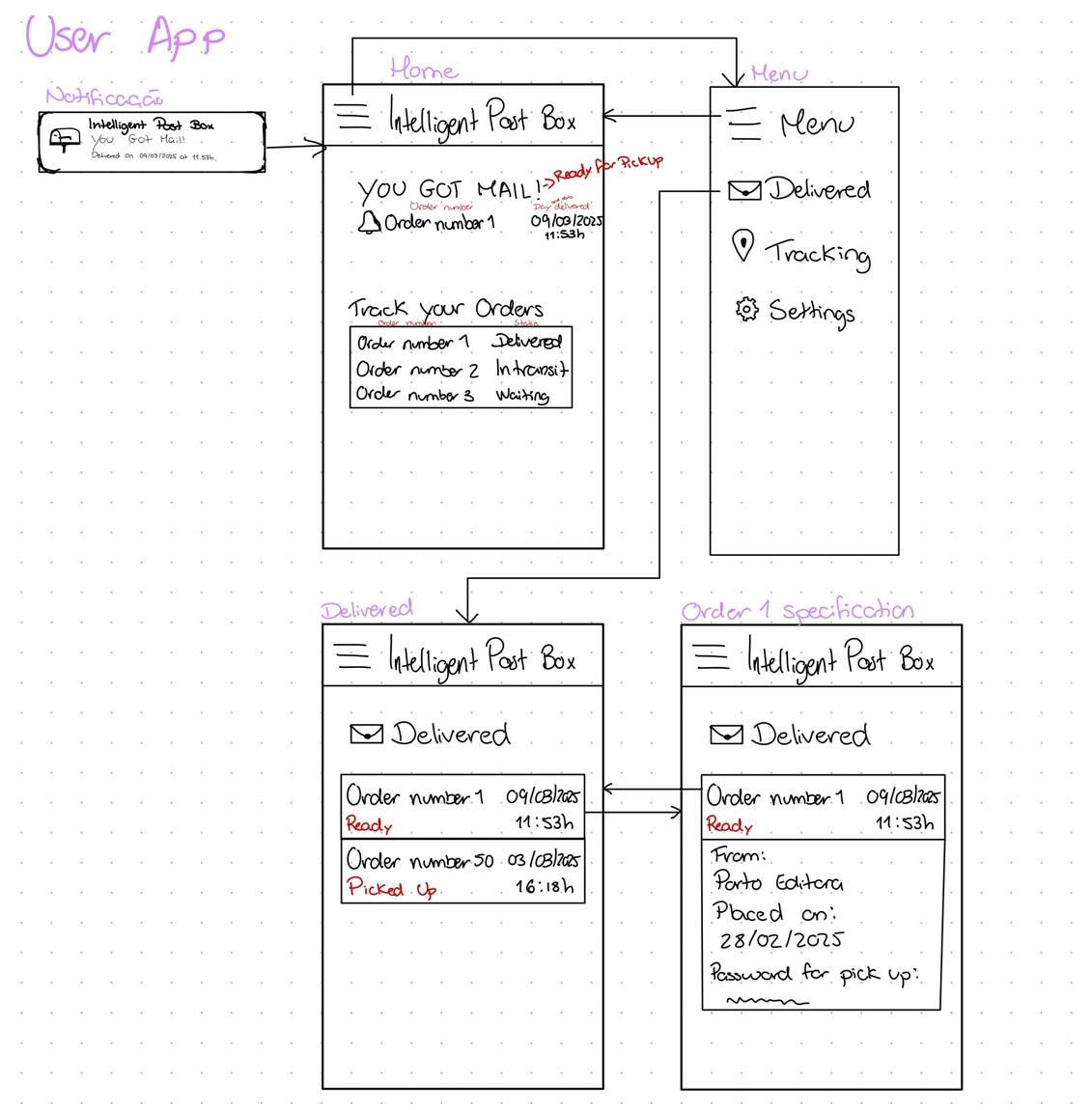
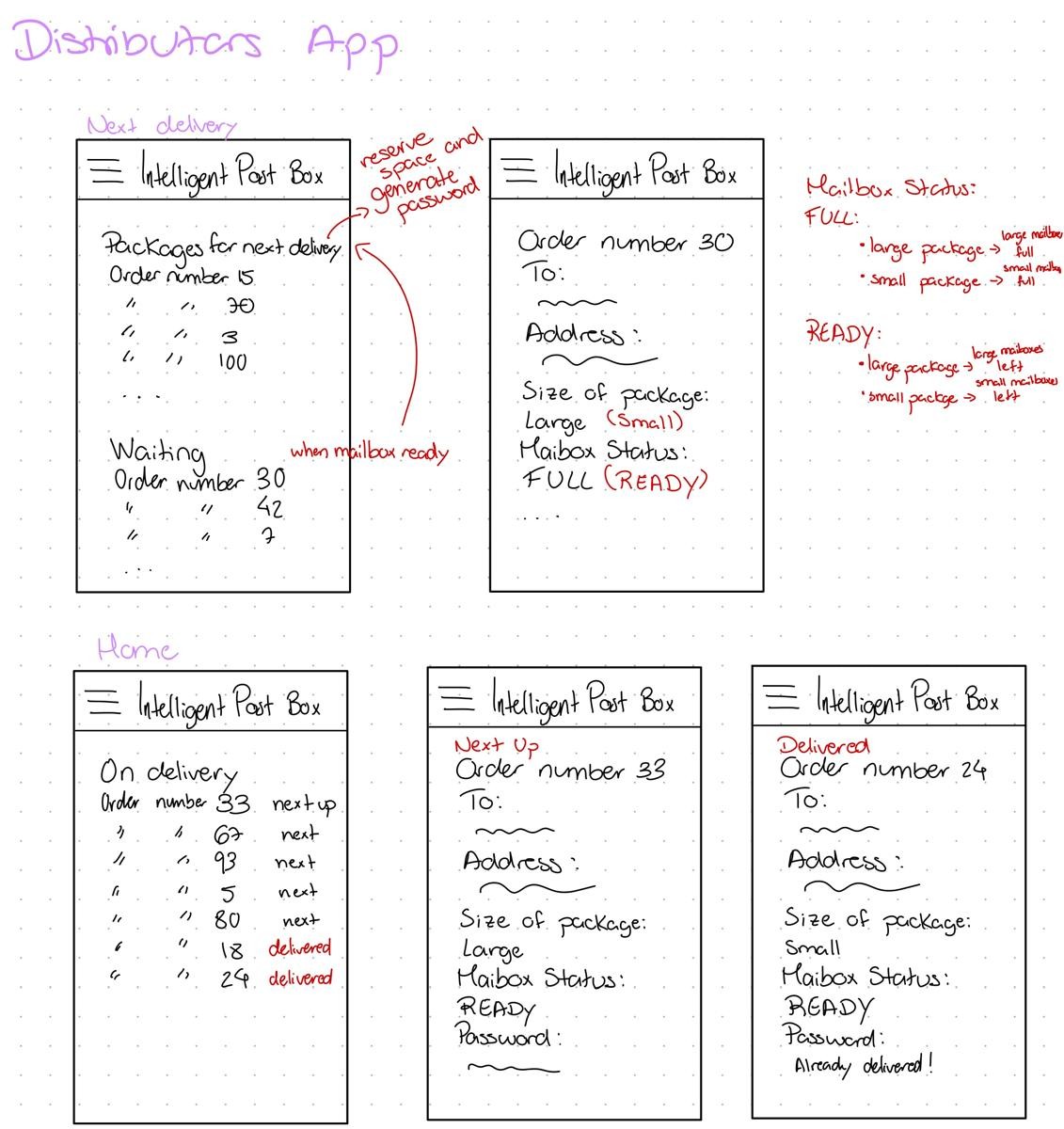
10/03/2025
Interviews to Beneficiaries
Interview done by Ludmylla Wonsoscky
I spoke with a building manager who is also a CEO, and he reinforced the challenges faced in package deliveries, especially for larger items. He pointed out that, often, recipients are not present at the time of delivery, which leads to unnecessary trips to pick up their packages.
Furthermore, our interviewee approved the smart mailbox proposal and emphasized the importance of ensuring enough space to accommodate larger deliveries, namely the existence of at least one travel bag sized box per building. In his view, every building should have at least one smart mailbox system to simplify the daily routine of residents and workers.
Interview done by Chencheng Liu
I spoke with a condominium manager who shared her experience and vision regarding the challenges faced by the current delivery system, as well as the proposal for an Intelligent mailbox.
The manager identified two main problems:
Lack of security and traceability, it is common for many parcels to become "lost" or not even be delivered, which undermines the reliability of the service. And dependence on physical presence, the need to be present on the delivery day causes inconvenience for residents.
From our conversation, it became clear that the smart mailbox proposal offers a robust solution to the issues mentioned. The main conclusion was that with automated detection of deliveries, the system ensures that each parcel is indeed delivered, eliminating the uncertainties of the traditional process.
The manager particularly valued the following aspects of the solution:
Automated detection, sensors that identify the delivery of letters and parcels, ensuring a precise and reliable record of receipt.And availability in different sizes, the option of smart mailboxes in both large and small sizes adapts to the diverse needs of correspondence and parcels, optimizing space and organization.
Interview done by Sofia Nunes
I spoke with a distributor who emphasized that the biggest problem that they now face is the lack of human resources for delivering personnel.
He acknowledged that smart post boxes are the best solution for package deliveries and our project provides a good solution. However, he pointed out that even though smart post boxes are really good solutions to combat undelivered packages and unnecessary routes, they don’t exist in a sufficient number and in geographical density.